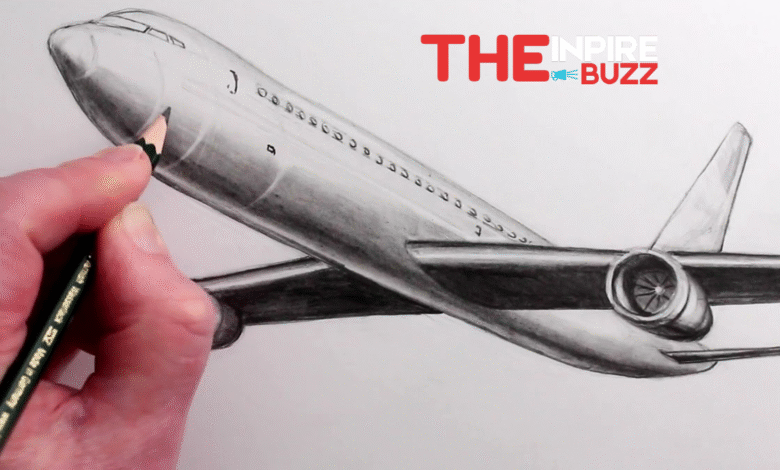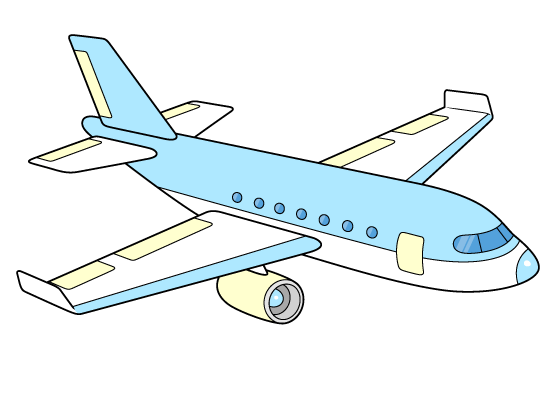Airplane Drawing A Creative Journey into Sketching the Skies

When you hear the phrase airplane drawing, you might imagine a child’s doodle of wings and a tail or a detailed blueprint created by an engineer. The truth is, both are valid forms of creativity. From simple sketches made for fun to precise illustrations used in aviation design, airplane drawing holds a unique place in art and technical creativity.
Airplanes symbolize freedom, innovation, and discovery, which is why drawing them never goes out of style. Whether you’re an artist, a student, or someone who just enjoys putting pencil to paper, learning how to bring aircraft to life through sketches can be both relaxing and rewarding. This article will guide you through different aspects of airplane drawing, from beginner-friendly sketches to advanced detailing, while also exploring its cultural and artistic significance.
Airplane Drawing for Beginners
For beginners, airplane drawing can seem intimidating at first glance. The sleek curves, detailed wings, and complex cockpit windows may appear too technical to sketch accurately. However, starting with simple shapes can make the process much more approachable. Most airplanes can be broken down into a series of rectangles, ovals, and triangles. Once you understand how to form the body using these basic outlines, adding details becomes much easier.
Another good practice is to observe reference images. You don’t need to copy them perfectly, but looking at real airplanes helps you understand proportion and balance. A simple passenger jet, for instance, usually has long wings that extend outward evenly, while a fighter jet has sharper, angular designs. By noticing these distinctions, even a beginner can sketch a recognizable airplane.
Airplane Drawing and Artistic Expression
While airplane drawing can be technical, it’s also a form of artistic expression. Artists often exaggerate certain features to capture the feeling of speed, power, or freedom. Some prefer to create realistic sketches, complete with shadows, rivets, and precise proportions, while others go for cartoonish or abstract interpretations. Both styles are valid because the purpose of drawing isn’t always to replicate reality—it’s often about conveying imagination.
Think of the classic aviation posters from the golden age of travel. They often featured bold, colorful airplane drawings that symbolized adventure and glamour rather than strict accuracy. If you want to use your sketches as a storytelling tool, focus less on getting every measurement correct and more on how the drawing makes the viewer feel. A tilted angle or exaggerated wing span can create a sense of motion that brings your artwork to life.
Airplane Drawing as a Skill Development Exercise
Beyond creativity, airplane drawing is a fantastic way to build core artistic skills. It challenges you to think about perspective, symmetry, and proportion. The wings must look balanced, the fuselage must align with the tail, and the entire sketch should feel aerodynamic. Practicing these elements trains your eyes and hands to work together more effectively.
Shading is another skill you’ll develop through airplane sketches. By playing with light and shadow, you can create depth, making your airplane appear three-dimensional. Whether you’re working in pencil, ink, or digital tools, shading adds realism and makes your artwork stand out. Even practicing small details, like cockpit windows or turbine blades, sharpens your attention to finer elements that can improve all areas of your art.
The Role of Perspective in Airplane Sketching
Perspective plays a massive role in making an airplane drawing feel realistic. If you sketch a plane from the side, it looks straightforward. But when you try drawing it from an angle—say, from below as it’s flying overhead—it suddenly becomes a challenge. Perspective requires you to imagine the plane in three-dimensional space and replicate how it would appear to the human eye.
One way to improve perspective is to use vanishing points. This technique helps align the wings, fuselage, and tail so they look proportional when drawn at an angle. Another approach is practicing quick gesture sketches where you capture the plane’s general form without focusing on details. Over time, you’ll notice your drawings gaining more realism and energy as you get comfortable with perspective.
Adding Details to Enhance Airplane Illustrations
Once you have the basic structure, details are what bring an airplane drawing to life. Things like rivet lines, shading on the engines, or reflections on the windows add personality to your sketch. Depending on your style, you might choose to keep details minimal for a sleek, clean look, or you could go all in and capture every visible bolt and marking.
Small details also give your drawings context. For example, adding clouds in the background or sketching a runway under the plane tells a story about where the aircraft is going. Some artists even include motion lines to show takeoff speed or turbulence. The more thought you put into these elements, the more engaging your final illustration becomes.
Airplane Drawing and Modern Digital Tools
While traditional sketching on paper will always have its charm, modern technology has opened new doors for airplane drawing. Digital tools such as tablets and software programs allow artists to create highly detailed and layered illustrations with ease. You can zoom in for precise rivet work, experiment with color palettes, and even animate your sketches to simulate flight.
For beginners, digital platforms also provide a forgiving learning space. Mistakes are easy to undo, and tools like grids or symmetry aids make it simpler to maintain proportions. Whether you’re aiming for professional aviation art or just casual sketching, combining traditional techniques with digital tools can significantly enhance your work.
Why Airplane Drawing Inspires Creativity

Airplanes are not just machines; they’re symbols of human achievement and imagination. That’s why airplane drawing continues to inspire so many artists, regardless of skill level. The act of sketching a flying object taps into the universal dream of freedom and exploration. Each drawing can represent not just an aircraft but also an idea, a destination, or a story waiting to be told.
For many, airplanes also spark nostalgia. A drawing might remind someone of their first flight, a childhood fascination, or the dream of becoming a pilot. This emotional connection is what makes airplane drawing so special compared to sketching other objects. It’s a blend of engineering beauty and human aspiration, captured on paper or screen.
Common Mistakes to Avoid in Airplane Sketches
Even skilled artists sometimes struggle with airplane drawing. A common mistake is incorrect proportions—like wings that look too short or tails that don’t align properly. To avoid this, always sketch lightly at first, using guidelines to balance the structure before committing to darker lines.
Another mistake is neglecting perspective. Drawing an airplane flat with no depth can make it appear lifeless. Experimenting with angles and shading can fix this issue. Finally, some artists overdo details too early in the process. Remember: start simple, get the structure right, and then layer in the details.
Conclusion
Airplane drawing is more than just sketching a machine—it’s about imagination, practice, and personal expression. From simple outlines to advanced digital renderings, drawing airplanes challenges you to think about proportion, perspective, and creativity all at once. It’s a rewarding practice that builds both artistic skills and appreciation for aviation design.




